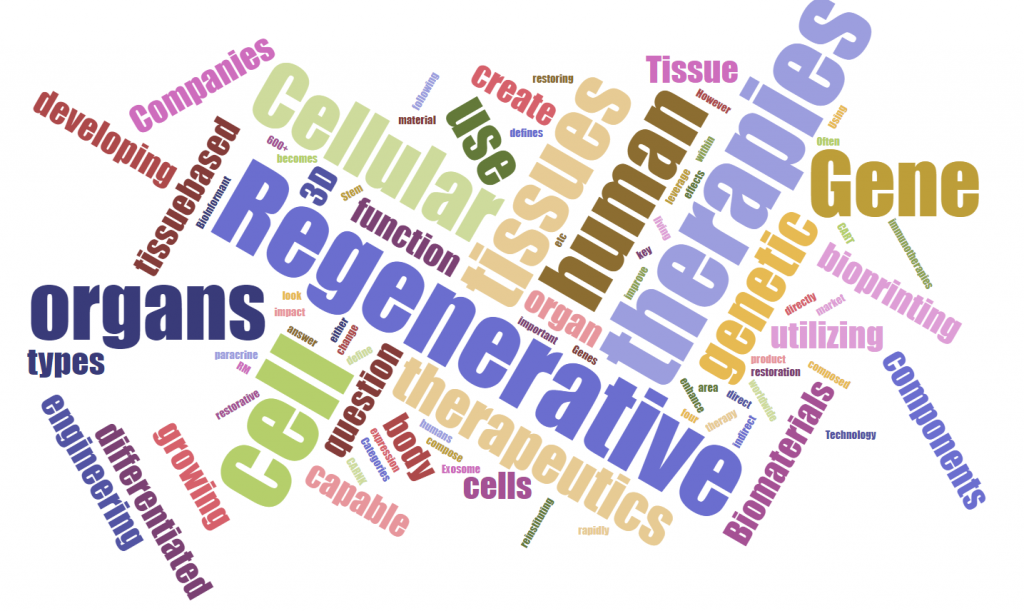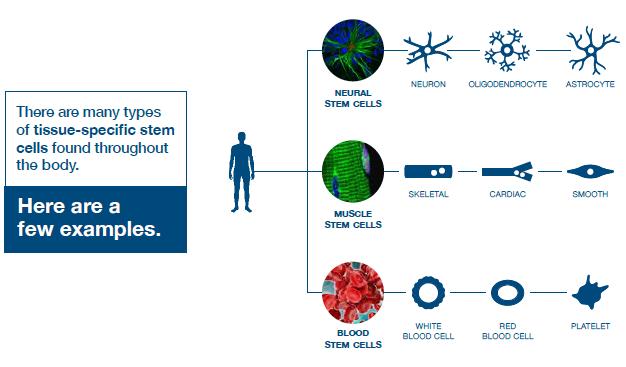Table of Contents

[/image][=video]
[/video]
Many sites made use of for bone marrow harvesting are situated in the hip bones and the breast bone. The procedure occurs in the operating room. The benefactor will be anesthetized during the harvest and will not feel the needle. In recuperation, the donor might experience some pain in the locations where the needle was inserted.

If an autologous transplant is prepared, previously accumulated stem cells, from either outer (apheresis) or harvest, are counted, evaluated, and prepared to infuse. The preparations for a bone marrow transplant vary relying on the type of transplant, the condition requiring transplant, and your tolerance for sure medications. Think about the following: Usually, high doses of radiation treatment and/or radiation are included in the prep work.
This treatment is typically called ablative, or myeloablative, as a result of the impact on the bone marrow. The bone marrow produces a lot of the blood cells in our body. Ablative treatment stops this procedure of cell manufacturing and the marrow comes to be empty. An empty marrow is required to include the brand-new stem cells to expand and establish a new members cell manufacturing system.
It is not an operation to place the marrow right into the bone, however resembles getting a blood transfusion. The stem cells discover their means into the bone marrow and begin replicating and expanding brand-new, healthy blood cells. After the transplant, supportive treatment is provided to prevent and treat infections, adverse effects of treatments, and problems.
Regenerative Therapy in Wyoming
The days prior to transplant are counted as minus days. The day of transplant is considered day no. Engraftment and healing adhering to the transplant are counted as plus days. As an example, an individual might enter the medical facility on day -8 for preparative programs. The day of transplant is numbered absolutely no. Days +1, +2, and so on, will comply with.
The days are numbered to aid the client and family recognize where they remain in regards to threats and discharge preparation. Throughout infusion of bone marrow, the patient might experience the following: Pain Chills Fever Hives Upper body pain After mixture, the client might: Spend numerous weeks in the hospital Be extremely at risk to infection Experience too much blood loss Required blood transfusions Be confined to a tidy atmosphere Take numerous antibiotics and other medicines Be provided medication to prevent graft-versus-host diseaseif the transplant was allogeneic.
Platelets are usually the last blood cell to recoup. Engraftment can be postponed due to the fact that of infection, medications, reduced donated stem cell count, or graft failure.
Microbial infections are one of the most typical. Viral and fungal infections can be deadly. Any kind of infection can create an extended medical facility stay, stop or postpone engraftment, and/or cause long-term organ damages. Prescription antibiotics, antifungal medicines, and antiviral medicines are typically provided to attempt to protect against severe infection in the immunosuppressed individual. Thrombocytopenia (reduced platelets) and anemia (reduced red cell), as a result of a nonfunctioning bone marrow, can be dangerous and even deadly.
Pain pertaining to mouth sores and gastrointestinal (GI) irritation prevails. High doses of chemotherapy and radiation can create serious mucositis (inflammation of the mouth and GI system). Fluid overload is a difficulty that can cause pneumonia, liver damage, and hypertension. The primary factor for fluid overload is because the kidneys can not stay up to date with the huge quantity of fluid being offered in the form of intravenous (IV) medications, nutrition, and blood items.
Perimenopause Treatment around Wyoming, Michigan

Breathing status is a vital function that may be endangered during transplant. Infection, inflammation of the air passage, liquid overload, graft-versus-host disease, and blood loss are all possible dangerous complications that may occur in the lungs and lung system. The liver and heart are very important organs that may be harmed during the transplantation process.
Failure of the graft (transplant) holding in the marrow is a prospective issue. Graft failure might take place as an outcome of infection, recurrent condition, or if the stem cell count of the contributed marrow was not enough to trigger engraftment. Graft-versus-host disease (GVHD) can be a significant and deadly complication of a bone marrow transplant.
Rather than an organ transplant where the patient's immune system will attempt to reject just the transplanted body organ, in GVHD the new or hair transplanted immune system can attack the entire patient and all of his/her body organs. This is due to the fact that the brand-new cells do not recognize the tissues and organs of the recipient's body as self.

The most common sites for GVHD are GI system, liver, skin, and lungs. Prognosis greatly depends upon the following: Sort of transplant Type and level of the condition being treated Disease reaction to therapy Genes Your age and total wellness Your tolerance of particular medicines, treatments, or therapies Severity of complications As with any kind of procedure, in bone marrow transplant the diagnosis and long-term survival can vary considerably from person to person.
Menopause Treatment in Wyoming, Michigan
Constant follow-up care is vital for the client following a bone marrow transplant. New methods to enhance treatment and to lower problems and negative effects of a bone marrow transplant are consistently being discovered.
Regenerative medication therapies can be split into 3 classifications: promote recovery by infusing or placing live cells into the person. Examples of mobile therapy consist of PRP and stem cell therapies, which can be utilized to deal with tendinopathy and various other sports injuries.
Outer nerves, for example, consist of Schwann cells, nerve fibroblasts, and immune cells, each playing a function in nerve regeneration, as discussed below. Stem cell therapy is one of the most extensively looked into and promising branches of cell regeneration therapy. Some cells, such as epithelial cells in the skin or the lining of the gastrointestinal tract, have a high turnover rate price can regenerate quickly.
Navigation
Latest Posts
Menopause Therapy in Wyoming
Hormone Therapy around Wyoming, Michigan
Perimenopause Treatment